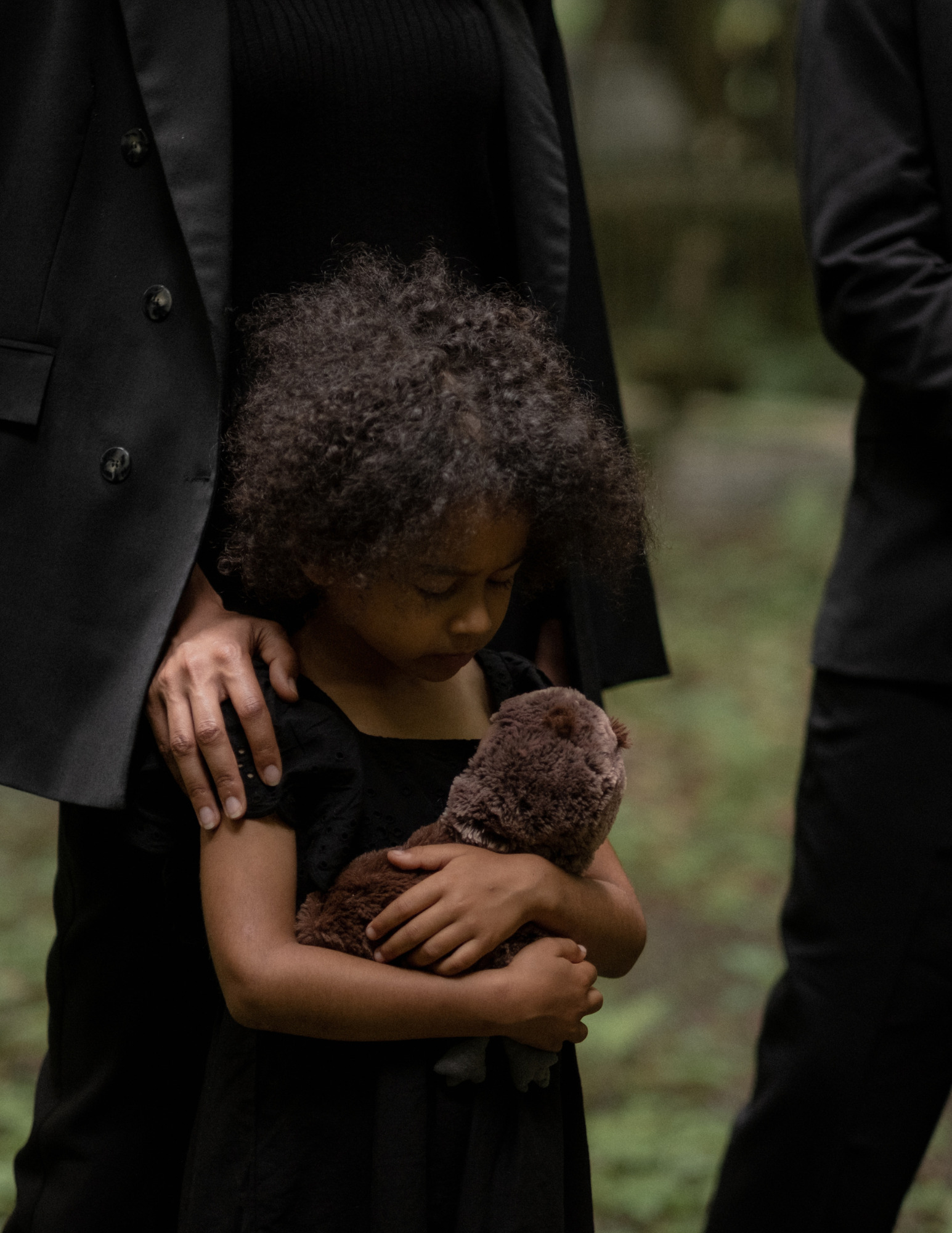Call Us 24/7:
Throughout history, funeral services have played a crucial role in how communities honor the deceased, blending solemn traditions with evolving cultural norms. As societies have changed, so have the ways in which we commemorate the dead, integrating modern innovations with time-honored customs to create meaningful, contemporary ceremonies. Everything from what to wear to a funeral to the service itself has changed.
What to Wear to a Funeral
When you think of what to wear to a funeral, your mind may jump immediately to black clothing. However, funeral attire has evolved over time. Traditionally, mourning attire has been somber, with mourners often wearing black to signify grief and respect for the deceased. This practice dates back to the Roman Empire, where dark togas were worn during mourning periods.
Today, while black remains a common choice, more funeral services are embracing personalized attire that reflects the personality or the favorite colors of the deceased. This shift allows mourners to express their memories and connections to the loved one in unique and personal ways.
The Changing Role of Flowers for Funeral Ceremonies
Flowers have long been a staple at funeral services, with each variety holding different meanings. For example, lilies symbolize the restored innocence of the departed soul, and roses often signify love and grief.
While traditional floral arrangements continue to be popular, there’s a growing trend towards eco-friendly options, such as biodegradable wreaths or living plantings that can later be transplanted in memory of the deceased. Additionally, some families request charitable donations in lieu of flowers, reflecting a broader cultural shift towards sustainability and lasting impact.
The internet and other innovations in shopping habits have also changed how to send flowers to a funeral, allowing mourners to send flowers to loved ones even when they cannot be present for funeral services.

Scheduling of Funeral Services
How soon after a death is the funeral? The answer has varied greatly over time. Historically, funerals were held shortly after death, largely due to practical necessities. The timing of these services also depended on religious or cultural imperatives, with some traditions requiring burial within 24 hours.
Modern advancements in preservation and transportation now allow families more time to plan and gather, extending the time frame for holding a funeral. This flexibility is particularly important in our globalized world, where family members may need to travel long distances to attend funeral services. Additionally, the advent of digital invitations and event planning tools has streamlined communication and logistics.
How Long is a Funeral Service?
Traditionally, the length of funeral services varied widely depending on cultural, religious, and regional practices. In many Western cultures, funeral services would typically last about an hour, often followed by a committal service at the graveside, which could add additional time. In other traditions, such as among some Eastern Orthodox and Hindu communities, ceremonies could extend much longer, sometimes over several days, involving various rituals and community participation.
Today, funeral services can be as brief or as extended as the family wishes, influenced by factors such as the desires of the deceased, the availability of attendees, and the inclusion of modern elements like multimedia presentations or live music performances. The rise of non-traditional, personalized memorial services has also led to variations in duration. Some families opt for shorter, more intimate services, while others may incorporate several events spread out over a week or more, including celebrations of life, memorial gatherings, and more formal funeral services.

Expressions of Condolence
Traditional expressions of sympathy typically included funeral cards and flowers sent to the grieving family’s home or the funeral service.
Today, digital condolences through online memorials or social media offer a way for those who cannot attend in person to share their grief and support. This development has been particularly significant during times of global crisis where physical presence at funerals was often impossible. However, not much has changed when it comes to what to write on a funeral card. These cards still offer people a chance to share their condolences with mourners.
Funeral Services and Visitations
Funeral visitations have long been a time for mourners to gather, view the deceased, and offer condolences to the family. These events were typically held at a funeral home or the family’s residence.
With the rise of technology, virtual visitations have become possible, allowing friends and family from around the world to participate in the mourning process.
As we adopt new technologies and ideas, the core purpose of funeral services—to honor, remember, and celebrate lives—remains steadfast, yet adapts to reflect our changing world. These evolutions in practice not only accommodate the needs of the bereaved but also enrich the ways in which we say our final farewells.

If you’re interested in exploring how these innovations can personalize your funeral services, contact Anubis today. Let us help you create a fitting tribute that captures the essence of the life celebrated.





